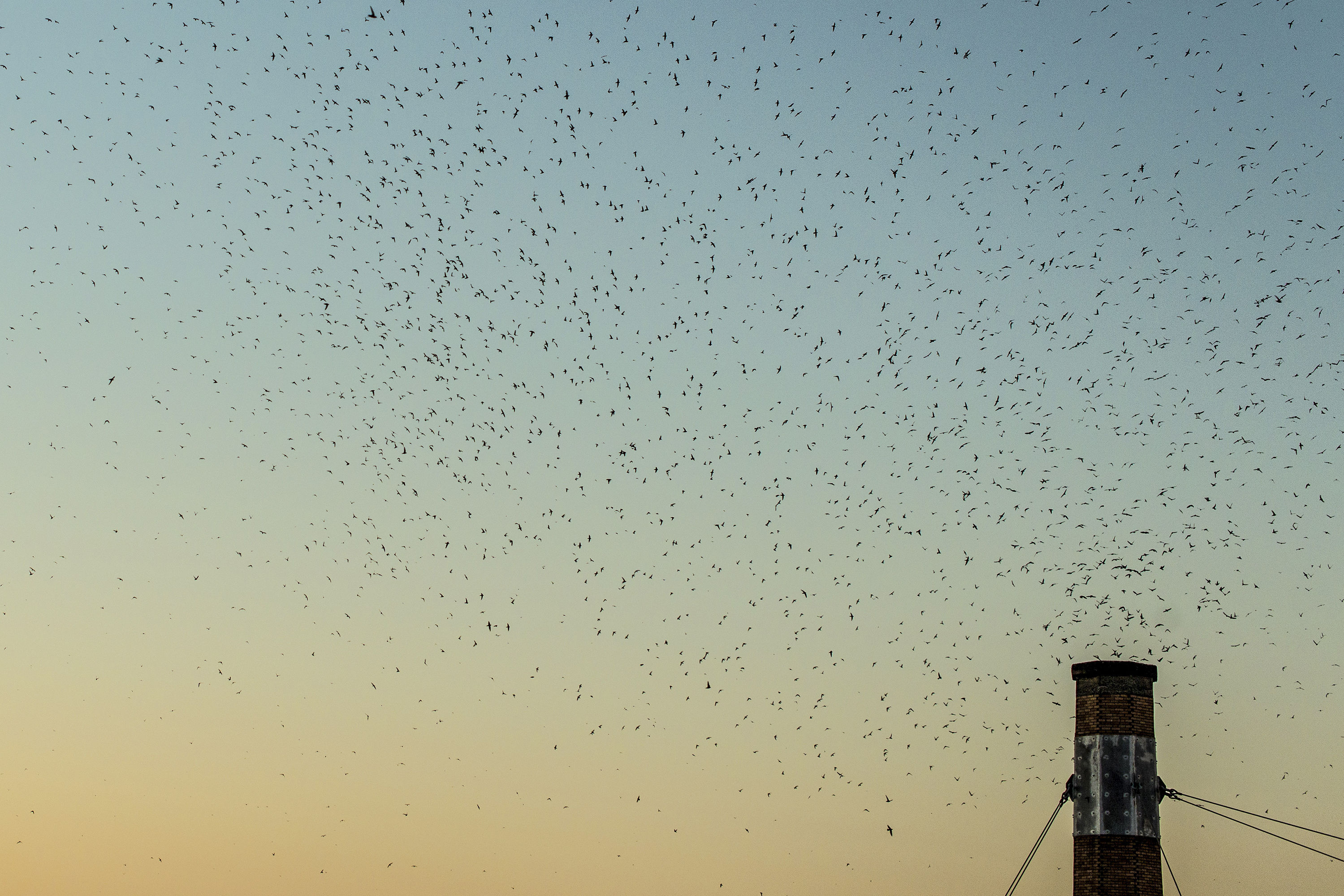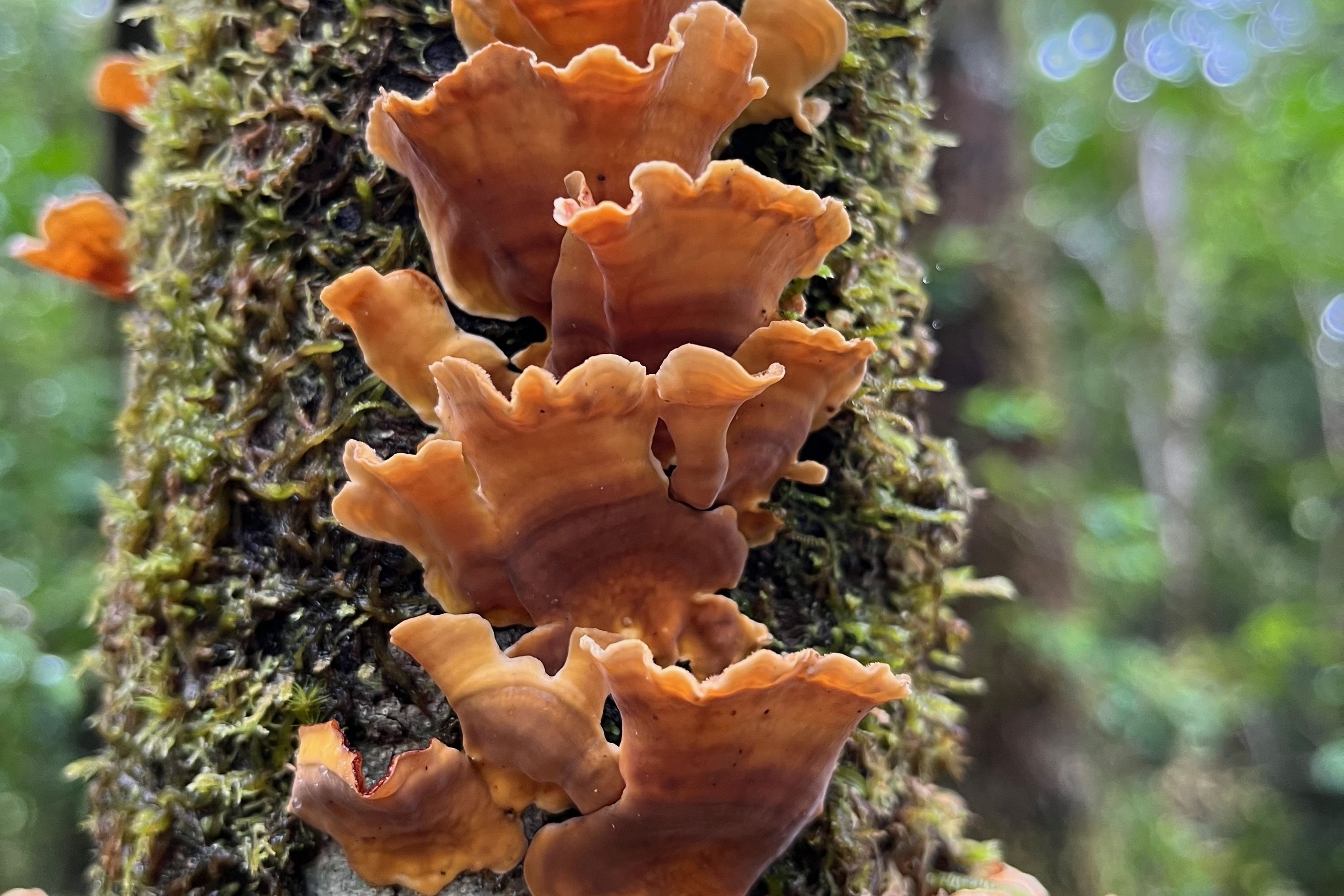Inside the Oregon Nonprofit Preserving the World's Best Apples

Image: Ratikova
To Joanie Cooper, Red Delicious apples are nothing more than a pretty face. The apple of her eye is something more like Germany’s Zabergau Reinette, with rough skin and brown blotches.
“It’s not shiny and bright red. You can’t polish it,” says the 75-year-old apple aficionado and Washington native. “I like the ones that have character.” That appreciation for apple diversity—ugly ducklings included—led Cooper and a nonprofit called the Temperate Orchard Conservancy (TOC) to a piece of land outside Yoncalla, Oregon, three hours south of Portland, to save what may be the world’s largest trove of apple types.
The collection is the achievement of Nick Botner, a hobby orchardist who started collecting apple varieties here in 1976. Over the course of four decades, by swapping cuttings with other “pomophiles” around the world, Botner quietly grew his 40-acre home orchard into a world-class assortment boasting more than 4,000 varieties. (A federal repository in Geneva, New York, claims to have more, but its collection includes thousands of seedlings that are genetically distinct but don’t belong to any recognized varieties.)
Now, this amazing assemblage is in danger. Last fall, the 89-year-old Botner put his property up for sale, apples and all. Cooper fears that a sale to the wrong buyer will spell disaster for the collection.
“Unless they’re nutcases like us, nobody buying the land will do anything with the orchard, because it’s not commercially viable,” she says.
Since 2011, TOC has been doing what took Botner 40 years and duplicating each apple type in his collection. With Botner’s blessing, Cooper and TOC volunteers are painstakingly grafting cuttings from Botner’s varieties onto rootstock—plant starts, essentially—and relocating the saplings to their new home on a 40-acre farm in Molalla. (Cooper owns the land.) As of press time, the small crew was approximately 3,200 varieties in.
What’s at stake is more than one man’s life’s work: The loss of Botner’s orchard could further shrink an apple gene pool already drastically narrowed by agricultural industrialization and the rise of monocrops since the 1920s. (“Homogeneity breeds vulnerability,” Cooper warns. Less-popular, rough-skinned varieties—like the Zabergau Reinette—are often insect-resistant.) The TOC envisions a “lending library” of cuttings for amateur orchardists at the new location.
Says Botner, “People don’t realize that there are some wonderful tastes out there.”




